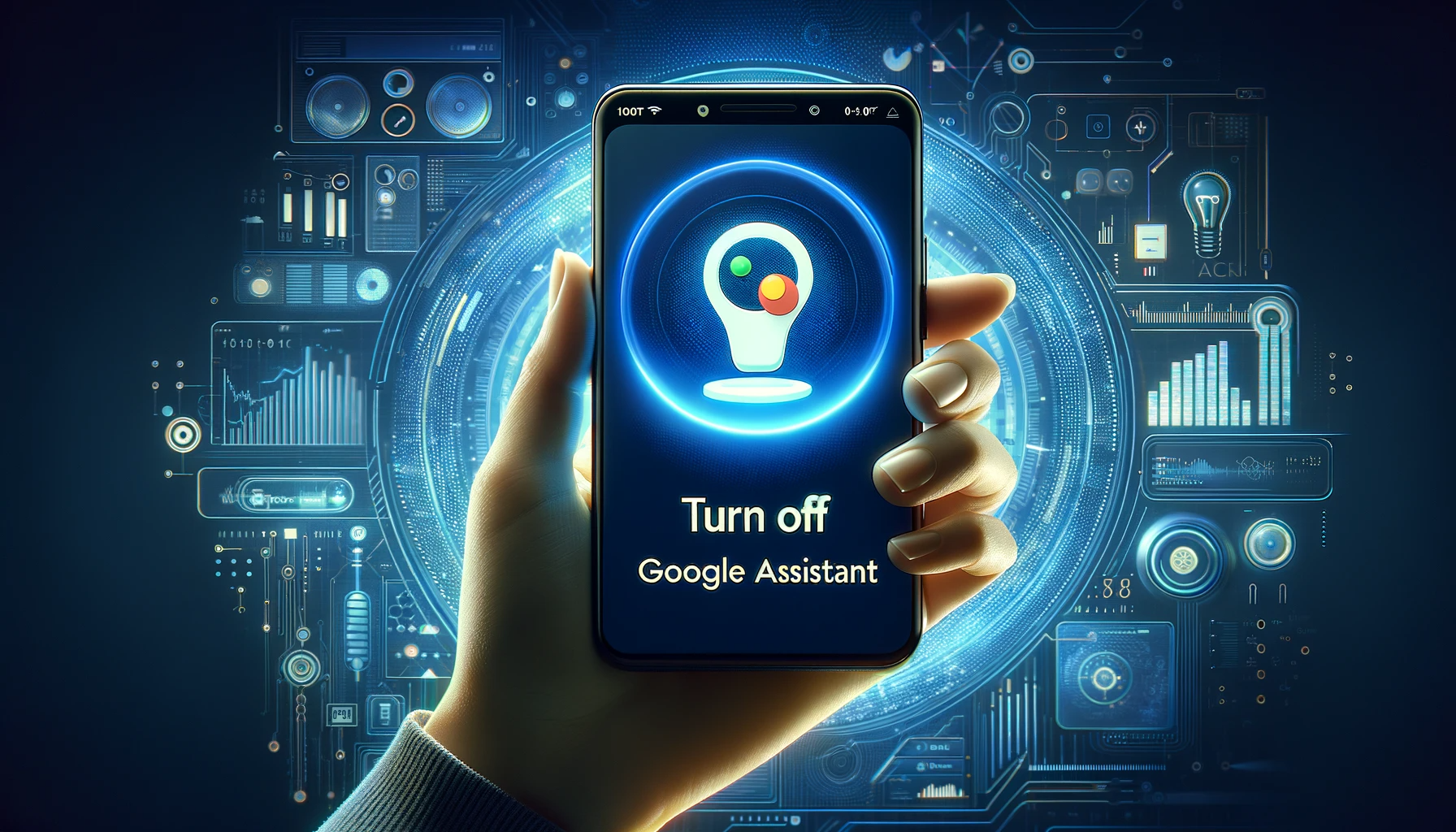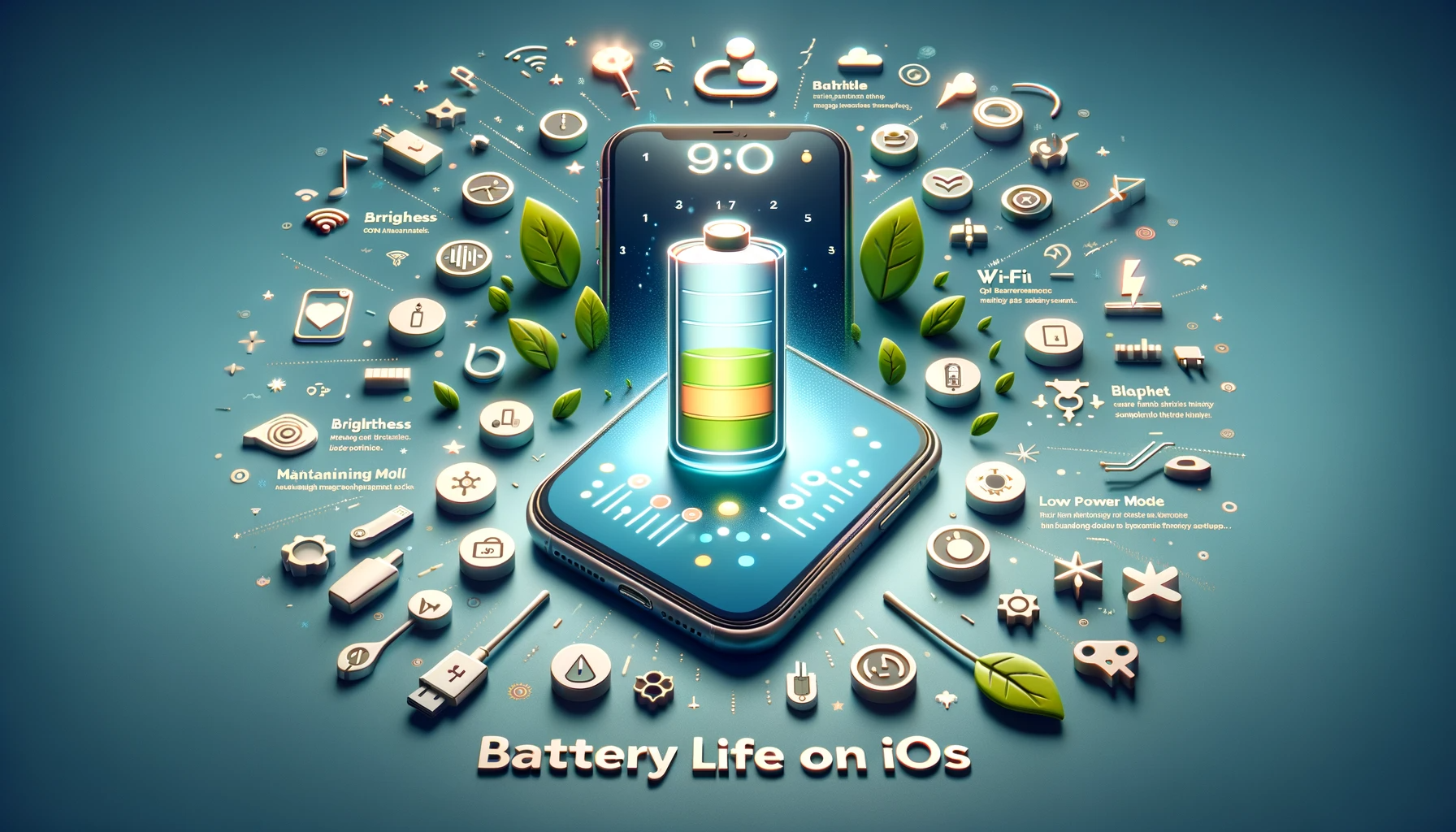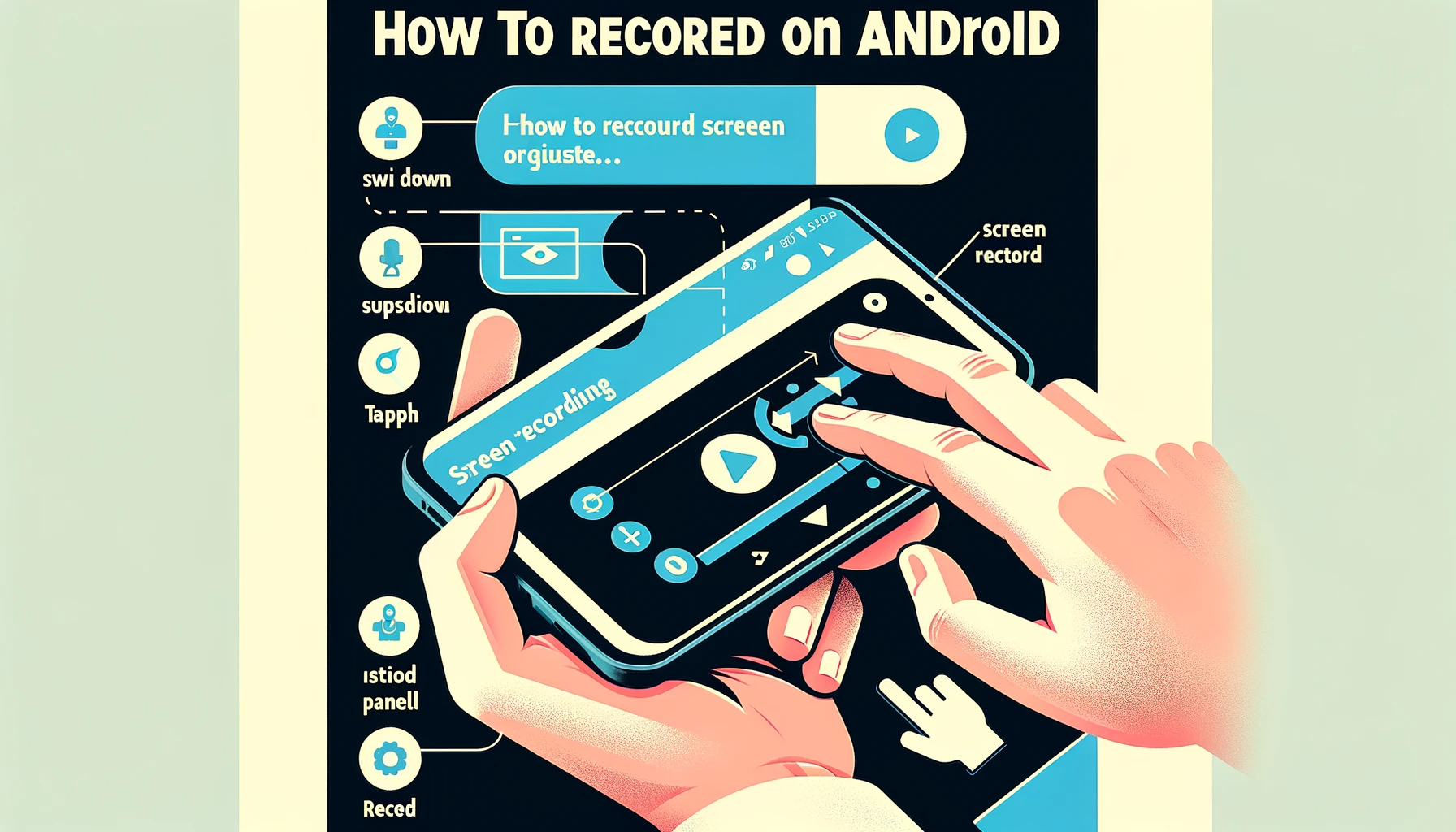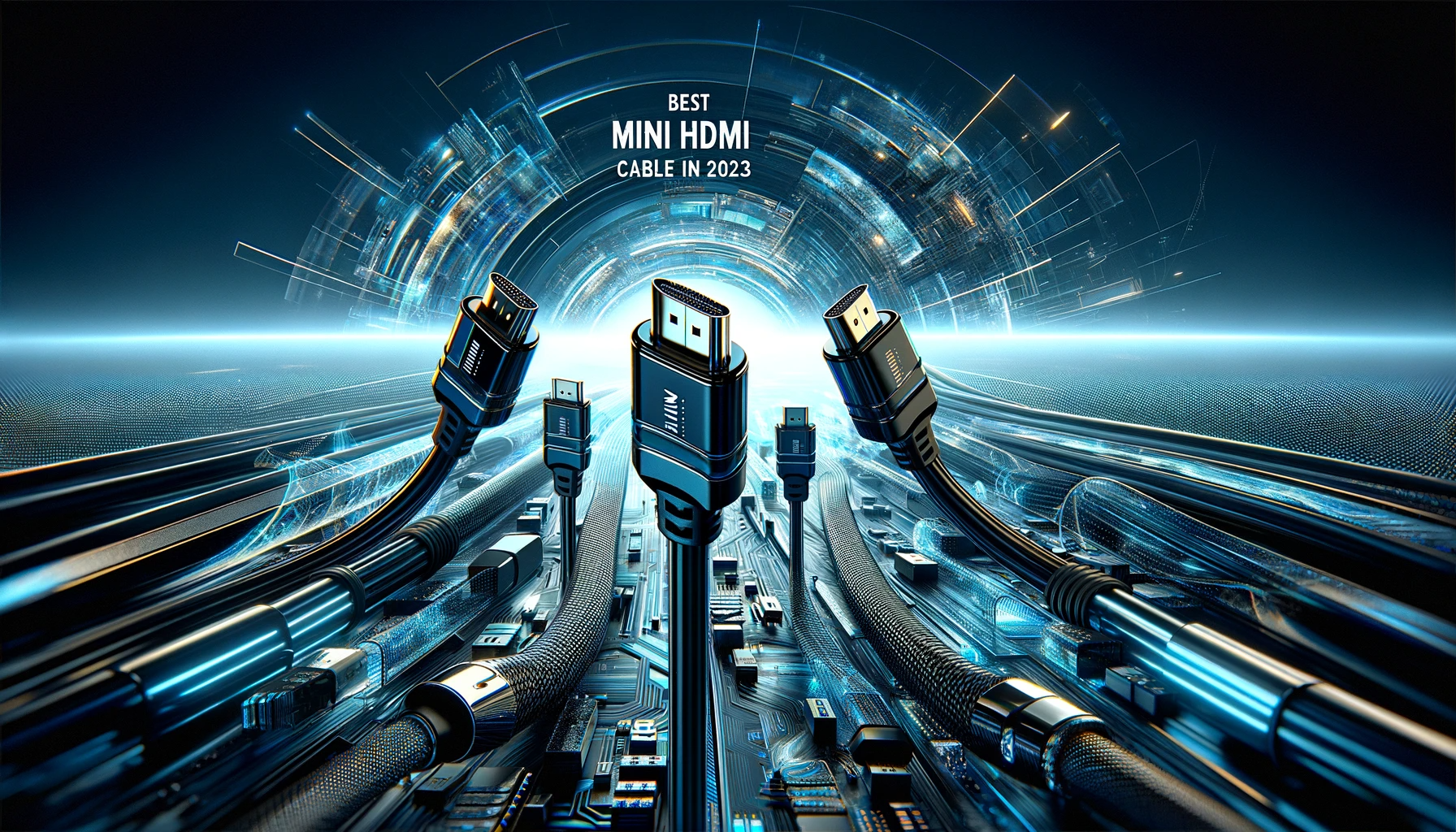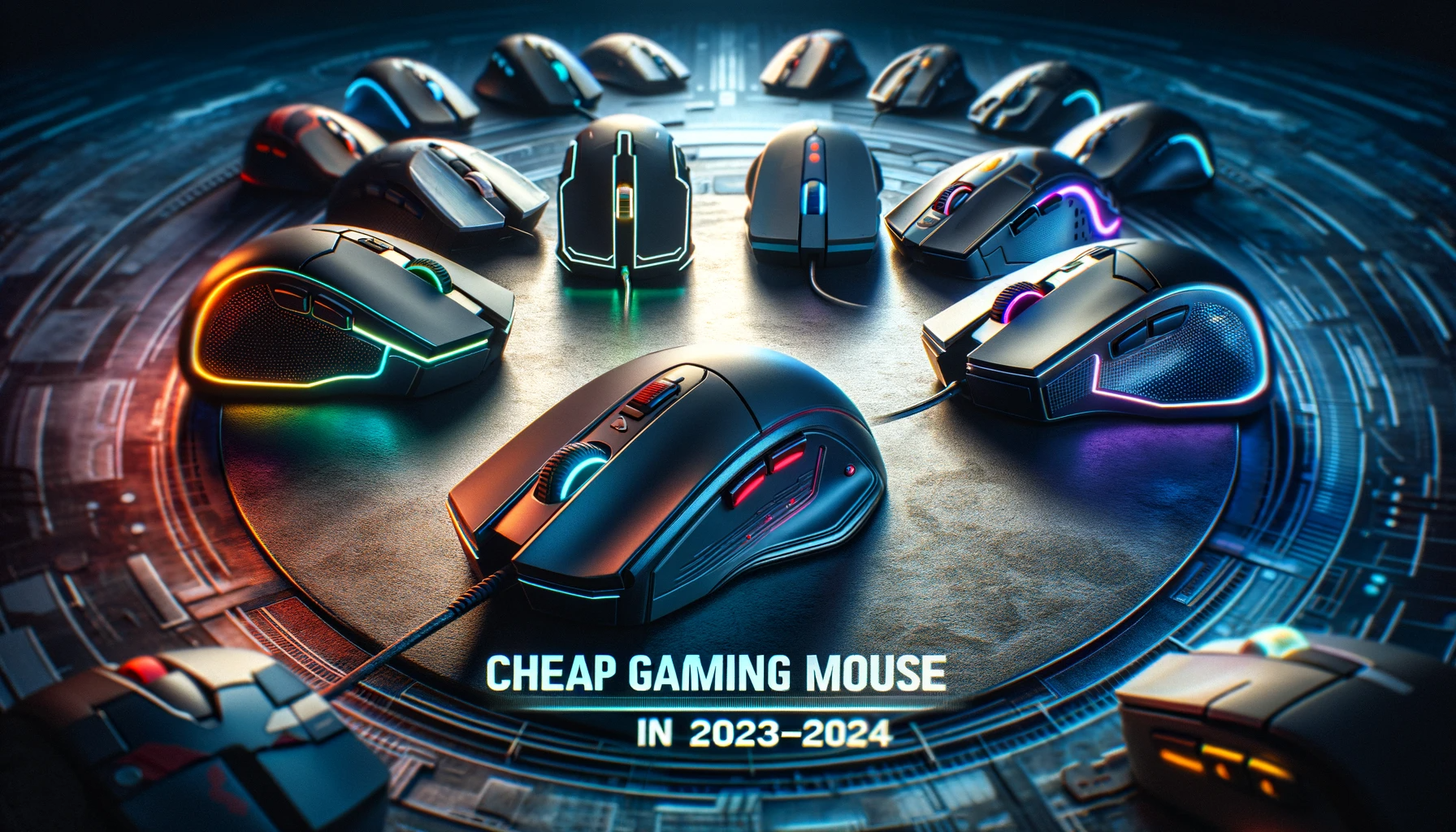In an era where digital threats are constantly evolving, the role of a Cyber Security Analyst has become more crucial than ever. These professionals are the front-liners in protecting information systems from cyber threats. If you’re interested in a career that combines information technology with investigative skills to protect against cybercrime, becoming a Cyber Security Analyst might be the right path for you. This article provides a comprehensive guide on how to embark on this challenging yet rewarding career.
Educational Foundation
The journey to becoming a Cyber Security Analyst typically begins with education. A bachelor’s degree in cyber security, information technology, computer science, or a related field is usually the minimum requirement. This education provides a foundation in essential concepts like network security, ethical hacking, cryptography, and digital forensics. Some universities also offer specialized cyber security programs that focus specifically on the skills needed in this field.
Certifications: A Key to Credibility
In addition to a degree, certifications play a critical role in the cyber security field. They not only bolster your resume but also keep you updated with the latest security trends and technologies. Some of the key certifications include:
CompTIA Security+
A great starting point for beginners, covering basic security concepts and practices.
Certified Information Systems Security Professional (CISSP)
Ideal for those with a few years of experience, focusing on advanced security management and operations.
Certified Ethical Hacker (CEH)
This certification teaches you to think and act like a hacker (a legal one), which is a valuable perspective for a security analyst.
Gaining Practical Experience
Practical experience is invaluable in the cyber security field. Starting with internships or entry-level positions in IT can provide a strong foundation. Positions like network administrator or system administrator can give you hands-on experience in managing and securing computer systems. As you gain experience, you can transition into more specialized cyber security roles.
Developing Essential Skills
To excel as a Cyber Security Analyst, you need a blend of technical and soft skills:
Technical Skills
Proficiency in areas such as network security, intrusion detection, and incident response is crucial. Familiarity with programming languages like Python can also be beneficial.
Analytical Skills
The ability to analyze large amounts of data and identify trends or anomalies is key.
Attention to Detail
Cyber threats can often be subtle or hidden; attention to detail is therefore essential.
Communication Skills
You must be able to communicate complex security concepts clearly to non-technical stakeholders.
Stay Abreast of Industry Trends
The cyber security landscape is constantly changing, with new threats emerging regularly. Staying updated with the latest trends and threats is crucial. Follow industry blogs, attend webinars and conferences, and participate in relevant workshops and training sessions.
Networking and Professional Organizations
Joining professional organizations like the Information Systems Security Association (ISSA) or (ISC)² can provide networking opportunities and access to valuable resources. Participation in forums and online communities can also help you stay connected with industry peers and trends.
Understanding the Legal and Ethical Aspects
A good Cyber Security Analyst understands the legal implications of cyber security. Knowledge of laws and regulations related to data protection, such as GDPR or HIPAA, is important. Additionally, maintaining high ethical standards is non-negotiable in this profession.
Advanced Education and Specialization
For those looking to advance further, a master’s degree in cyber security can provide deeper knowledge and specialization. You might choose to specialize in specific areas like penetration testing, threat intelligence, or digital forensics.
Career Prospects and Growth
Cyber Security Analysts have a wide range of career paths available to them. With experience, you can move into roles like Security Manager, Security Architect, or even Chief Information Security Officer (CISO). The demand for skilled professionals in this field is high, and so are the opportunities for growth.
Conclusion
Becoming a Cyber Security Analyst is a path filled with continual learning and challenges. It requires a mix of formal education, hands-on experience, and a passion for staying ahead of cyber threats. In this dynamic field, you’ll have the opportunity to make a significant impact by protecting sensitive data and thwarting cyber attacks. With dedication and the right approach, a rewarding career in cyber security awaits.
FAQs: About How to Become a Cyber Security Analyst
What is a Cyber Security Analyst?
What educational background is required to become a Cyber Security Analyst?
Are certifications important in the field of cyber security?
What skills are necessary for a Cyber Security Analyst?
Is practical experience important in cyber security?
How do I stay updated in the evolving field of cyber security?
Can I enter the cyber security field without a technical background?
What are the career prospects for a Cyber Security Analyst?
Do Cyber Security Analysts need to understand legal and ethical aspects?
What is the average salary for a Cyber Security Analyst?
For More Guides, Tips & Tricks Please Visit Our Homepage.


